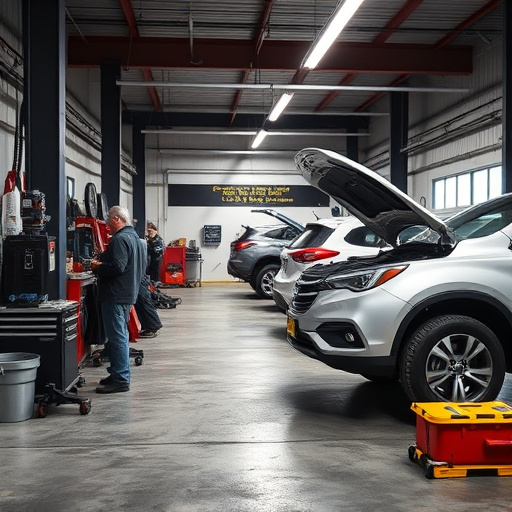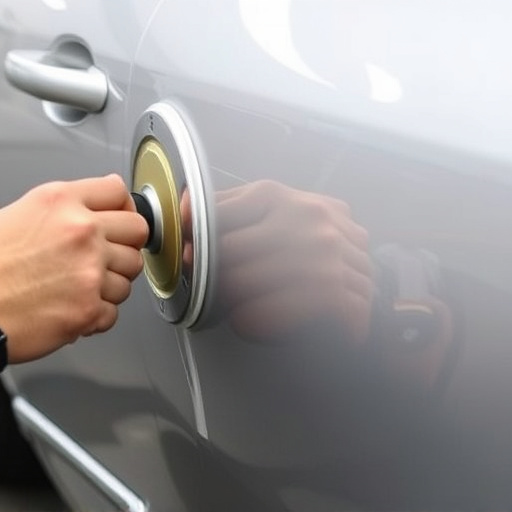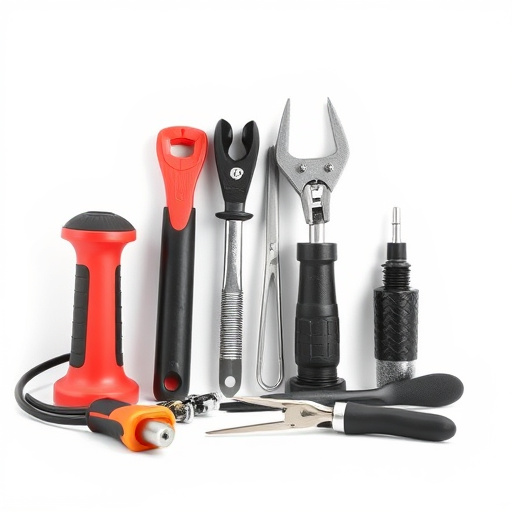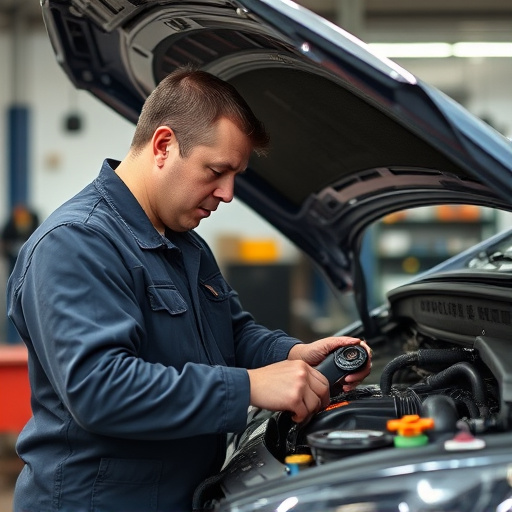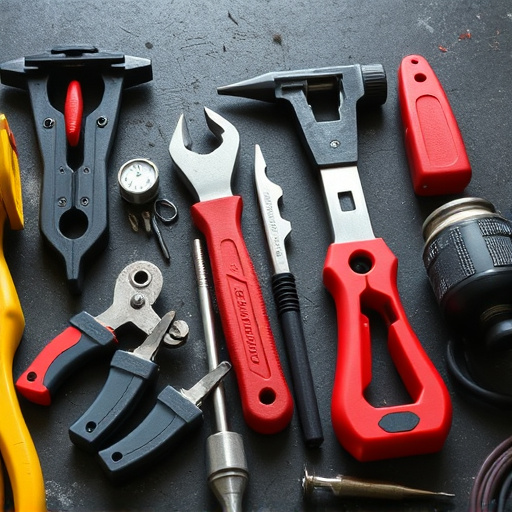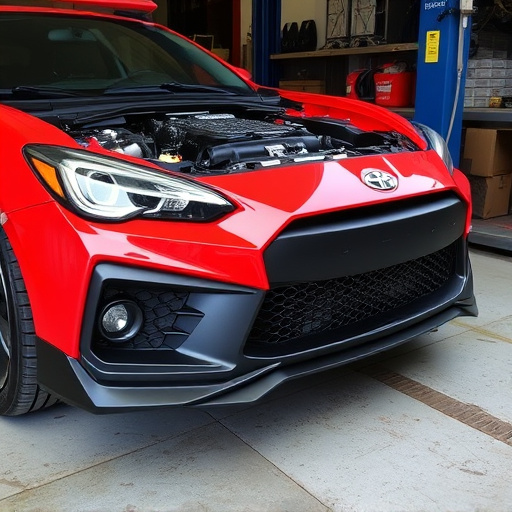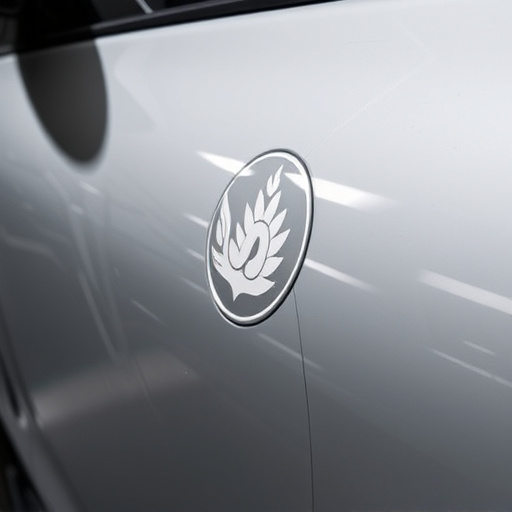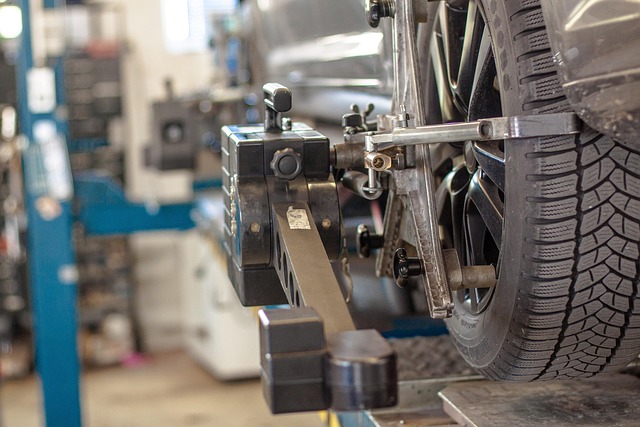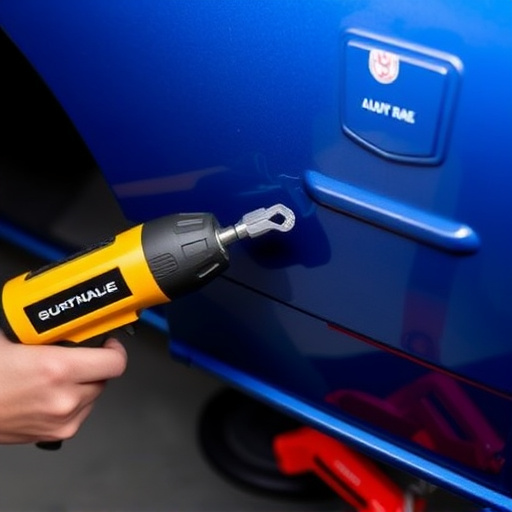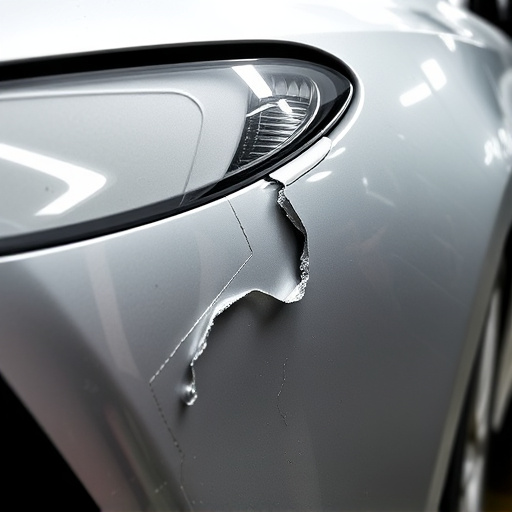Regular Tesla drive unit inspections are crucial for maintaining vehicle performance and safety. Check power electronics, sensors, and control modules for degradation or damage. Early detection of issues prevents costly repairs, ensuring optimal driving experience and safety comparable to automotive restoration. Visual checks, diagnostic tools, and functional tests identify problems, with specialized repair shops addressing complex issues.
“Maintain your Tesla’s peak performance with a comprehensive guide to Tesla drive unit inspection. This article equips owners and technicians with essential knowledge, delving into the fundamentals of Tesla’s drive units and common signs of degradation. Learn detailed inspection steps for accurate diagnosis, ensuring optimal range, acceleration, and overall vehicle health. By understanding these key indicators, you’ll be empowered to address potential issues promptly, extending your Tesla’s lifespan.”
- Understanding Tesla Drive Unit Basics
- Common Performance Degradation Signs
- Inspection Steps for Accurate Diagnosis
Understanding Tesla Drive Unit Basics
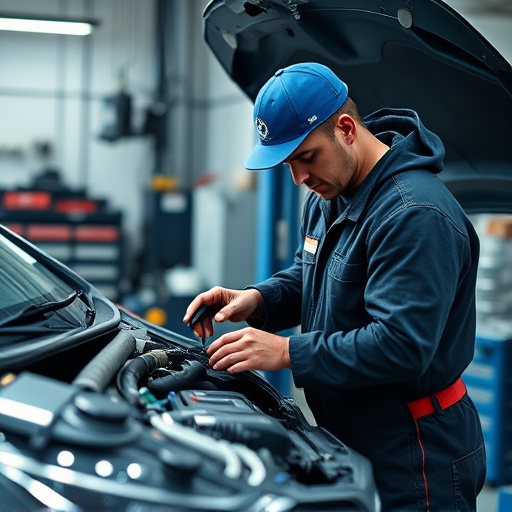
The Tesla Drive Unit (TDU) is a complex system at the heart of every Tesla vehicle’s performance and autonomy. It acts as the brain of the car, controlling and managing various functions such as acceleration, braking, and steering. This sophisticated hardware is responsible for translating driver input into seamless, efficient motion. A Tesla drive unit inspection involves meticulously checking its components to ensure optimal functionality and to identify any signs of degradation or damage that could impact driving performance.
Regular maintenance and understanding the TDU’s fundamentals are crucial for vehicle owners. The inspection process includes verifying the health of key components like power electronics, sensors, and control modules. Any anomalies detected during this process may point to issues with battery management, motor efficiency, or even software updates affecting overall vehicle performance. Recognizing these signs early on is vital, as it allows for timely repairs through reputable automotive repair services or specialized Tesla service centers, ensuring the vehicle’s longevity and safety, much like a meticulous vehicle restoration done at an automotive body shop.
Common Performance Degradation Signs

When conducting a Tesla drive unit inspection for performance degradation signs, several indicators can signal potential issues. One of the most notable symptoms is a significant drop in acceleration, which may manifest as slower zero-to-sixty times or reduced hill-climbing capability. This could point to problems with the electric motor, battery health, or power distribution units. Another common sign is an increase in steering effort required, suggesting issues with the power steering system or potential damage to critical components within the drive unit.
Vibrations during driving, especially at higher speeds, should also raise concern. This could indicate misalignment or damage to the wheels and tires, or even problems with the suspension systems. Furthermore, unusual noises coming from the engine bay, such as clicking or squealing sounds, may signal worn-out components that require immediate attention. Regular Tesla drive unit inspections are crucial for catching these signs early, preventing more extensive—and costly—vehicle repair or classic car restoration work down the line, and ensuring optimal performance and safety.
Inspection Steps for Accurate Diagnosis
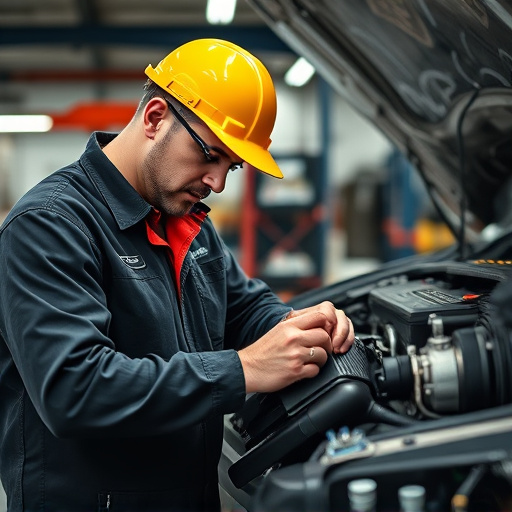
When conducting a Tesla drive unit inspection for performance degradation signs, meticulousness is key. Start by visually inspecting the unit for any visible damage or unusual wear patterns. Check for loose connections, corroded components, and any fluid leaks, as these can all point to underlying issues. Next, use diagnostic tools to retrieve error codes and monitor real-time performance data. This step requires specialized software that can interface with the Tesla’s onboard systems, providing insights into engine, transmission, and electrical system health.
Proceed with functional tests, focusing on key areas like acceleration, braking, steering responsiveness, and overall drivability. Compare these results against factory specifications to identify deviations indicative of performance degradation. Don’t overlook the importance of checking tire pressure and tread depth, as well as inspecting the fender for any signs of damage that could affect alignment or suspension integrity. If needed, engage a reputable car repair shop offering Tesla services, especially when dealing with complex diagnostic challenges or repairs involving specialized components, such as tire services or intricate electrical systems.
A thorough understanding of the Tesla drive unit’s fundamentals and common performance degradation signs is crucial for identifying issues early. By following structured inspection steps, owners can accurately diagnose problems and take prompt action. Regular maintenance and timely repairs ensure optimal vehicle performance and longevity, making a Tesla drive unit inspection an essential part of responsible ownership in today’s electric vehicle landscape.
